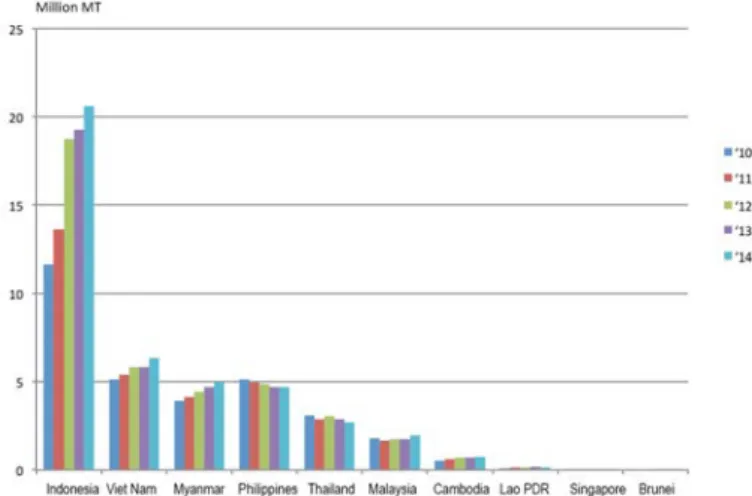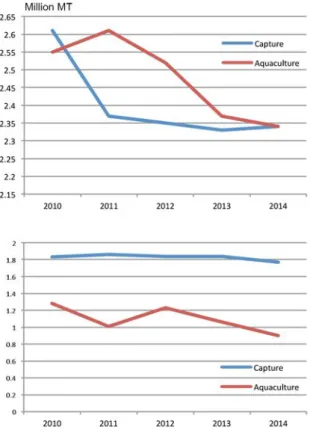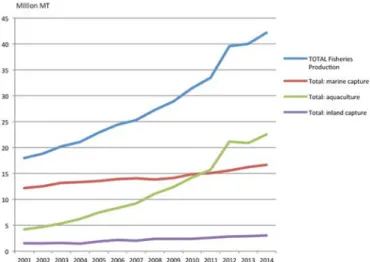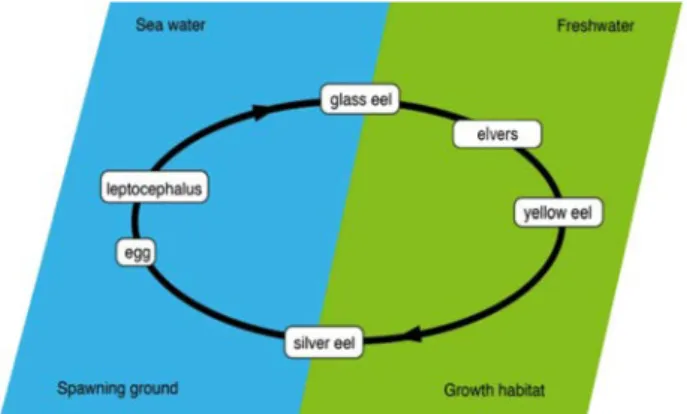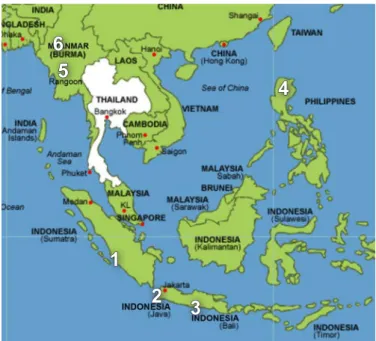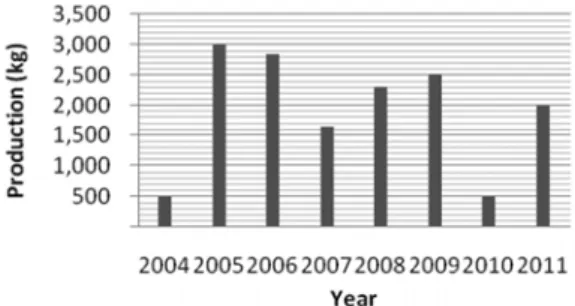A restriction of IUU fishing in inland fisheries will result in increased competitiveness for the region's fish and fish products from inland fisheries. The ASEAN-SEAFDEC Joint Statement on Combating IUU Fishing and Improving the Competitiveness of ASEAN Fish and Fishery Products covers key issues that reflect the current fisheries situation in ASEAN Member States.
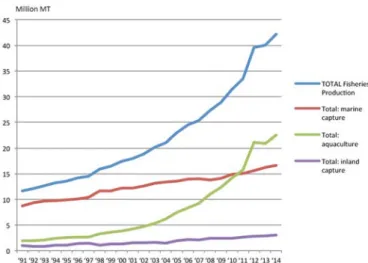
Way Forward
About the Authors
Activities in inland capture fisheries are characterized by a large number of fishermen involved, mostly working part-time and fishing only for subsistence. Development of fish passage design in inter-river barriers for sustainable inland capture fisheries in Southeast Asia.
Development of Fish Passage Design in Cross-river Obstacles for Sustainable Inland Capture Fisheries in Southeast Asia
In Southeast Asia, inland fisheries have always been recognized as an economically important sub-sector of fisheries in the region given its contribution to livelihood generation and food security of people, especially the poor and marginalized groups in rural areas. This means that the interconnectedness of habitats must be maintained in order to ensure the survival of species and preserve biodiversity in ecosystems, and consequently the sustainability of inland fisheries.
Status of Inland Capture Fisheries in Southeast Asia
Building fish passages in these barriers across rivers could address this concern by maintaining the necessary interconnectivity of habitats. This situation prompted SEAFDEC to undertake a project to promote the development of fish passage designs suitable for.
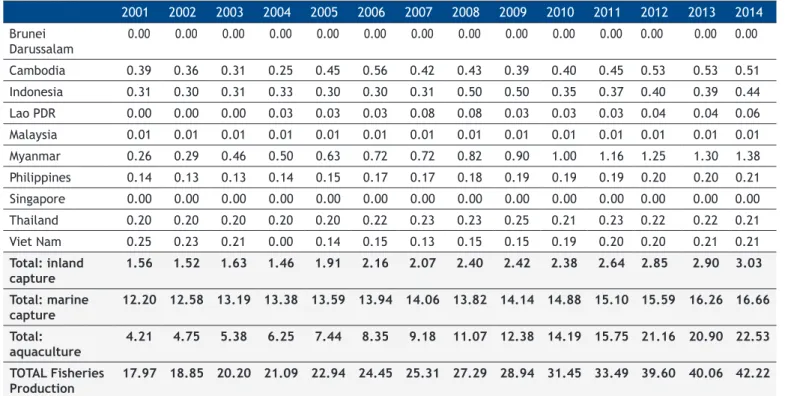
Status of Development of Fish Passage in Southeast Asia
The SEAFDEC-ACIAR Project
The preliminary model designed by SEAFDEC based on the results of the March 2013 workshop aims to observe the possibility of different indigenous fish species passing through the channels, targeting cyprinids that require longitudinal migration. In order to increase the public's understanding of the concepts and uses of fishing lanes, a smaller prototype model was also constructed by SEAFDEC/TD for.
Conclusion and Way Forward
Report of the Expert Workshop on Fishway Design Principles to Enhance the Sustainability of Inland Fisheries in the Southeast Asia Region, 6-10 March 2016, Thailand and Lao PDR. Research surveys were conducted to understand the current features of Anguillid eel resources and their fisheries in the Southeast Asian region.
Understanding the Current Status of Anguillid Eel Fisheries in Southeast Asia
Moreover, only in Palabuhan Ratu people catch glass eel while in other places people tend to catch yellow eel. However, information on the status of eel fisheries in the Southeast Asia region would be very difficult to collect unless the eel data collection and statistics system is improved.
Issues and Concerns
However, there is limited knowledge on the distribution of tropical Anguillid eel species in southern or tropical areas. As data on Anguillid eel catch statistics in the region are insufficient, an inventory system should be established as soon as possible for the conservation, management and sustainable use of tropical Anguillid eel resources and also for the future development of eel industry in the region. The region.
Research Study Sites
Although the current population of temperate eels has declined dramatically due to overfishing, habitat loss and migration barriers, as well as increased natural predation, parasitism, ocean climate variation and pollution (Arai, 2014), tropical Anguillid eels are becoming increasingly important in the global market. Concerns have also recently been raised about the need to ensure the sustainable use of tropical Anguillid eel, to avoid listing the species in the CITES appendices or imposing other instruments that could affect the use and trade in the species in the future (CITES, 2015).
Results and Discussion
But in the lean season, fishermen could only catch 10-20 g (60-80 individuals) of glass eel every night. Monthly catch statistics of glass eel at each stage in Sukabumi Regency (Sukabumi Local Government, 2014).
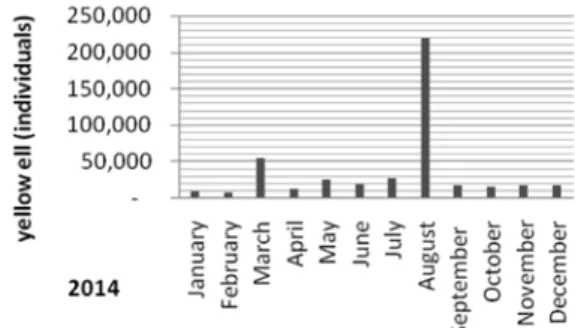
Conclusion and Recommendations
She also works as a researcher at the Research Institute for Inland Fisheries in the Ministry of Marine Affairs and Fisheries, Palembang, Indonesia. She also works as a researcher at the Research Institute for Inland Fisheries in the Ministry of Marine Affairs and Fisheries, Palembang, Indonesia.
Acknowledgement
IFRDMD from September 2014 to December 2015, and now working as a researcher at the Fisheries Research and Development Center of the Ministry of Marine Affairs and Fisheries in Jakarta, Indonesia. The promotion of fisheries and aquaculture production is the main driver for the introduction of aquatic species into inland water bodies.
Introduced Aquatic Species for Inland Aquaculture
Nevertheless, the adverse impacts of species introductions are well known, such as their effects on biodiversity and the possible introduction of new pathogens and diseases. Actions to address these adverse impacts of introducing species into inland waters should be taken through the careful preparation and implementation of introduction regulations; conducting a science-based risk assessment before implementation;.
Boon or Bane?
The Philippines ranks highest in number of introductions with 115 different species, followed by Singapore with 95. Nevertheless, IAS continues to provide huge gains in terms of increased production and consequent economic benefits to Southeast Asian countries, contributing from 9 to nearly 99 species. % of freshwater aquaculture production in the region based on average data from 2010-2014.
The Role of Introduced Aquatic Species
Species listed in ASEAN countries, data based on FAO DIAS (http://www.fao.org/fishery/dias/en) unless otherwise noted, classification based on Fishbase (www.fishbase.org). Species entered in ASEAN countries, data based on FAO DIAS (http://www.fao.org/fishery/dias/en) unless otherwise noted, classification based on Fishbase (www.fishbase.org) (continued) .

Beneficial Impacts of IAS to Fisheries and Aquaculture
Tilapia production in the AMS contributed 43% to the total global tilapia production based on the 2010-2014 average. In terms of contribution to total aquaculture production in AMS, tilapia contributes only 6.7% by volume and only 2.1%.
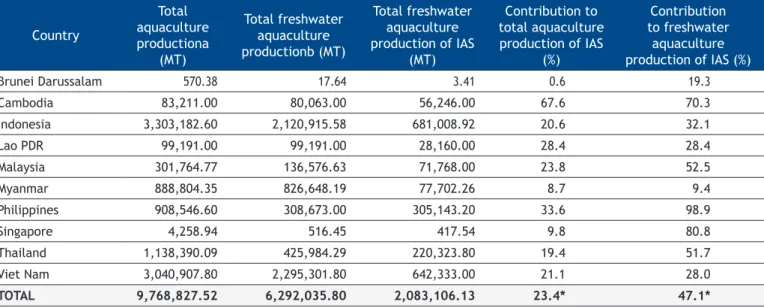
Adverse impacts of IAS
Appropriate risk management ensures that strategies implemented are commensurate with the level of risk posed by non-native species in the environment (Britton et al., 2010). In the aquaculture sector, a model has been created for the accounting price of the habitat services provided by a mangrove ecosystem to a shrimp population (Mäler et al., 2008).
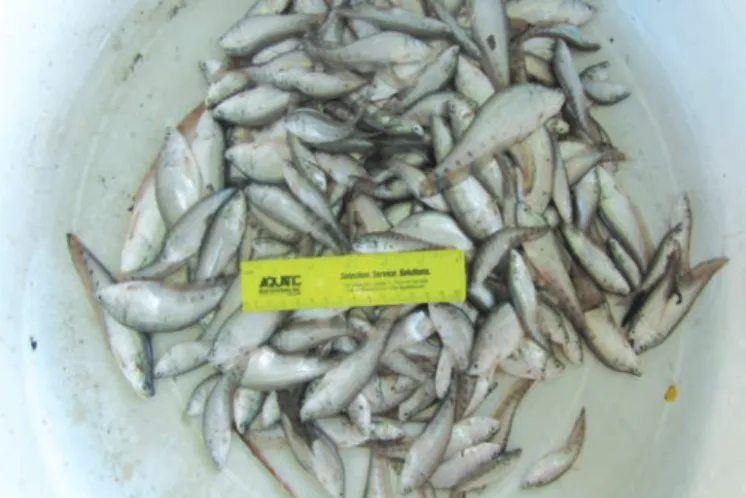
About the Author
These proverbs also reflect the abundance of resources in the country, which are used to produce significant quantities of fish and meet the demand of the population for fish food, especially those living in rural areas, and for export. In the past, the people of Thailand exploited the country's natural inland waters for fishing, such as rivers, canals, swamps, lakes and other small bodies of water, and produced large quantities of freshwater fish.
Increasing Fish Production from Inland Water Bodies through Stock Enhancement: Experience of Thailand
In an effort to address concerns about dwindling fish resources, Thailand's Department of Fisheries (DOF) initiated stock enhancement programs that had been adopted throughout the country to revive the status of the country's inland fish resources. The experiences of DOF and the lessons learned from such efforts are revealed in this paper as reported by the authors during the Symposium on Strategy for Fisheries Resource Enhancement in the Southeast Asian Region organized by SEAFDEC in Thailand in July 2015.
Inland Capture Fisheries in Thailand
Therefore, efforts have been made by the Government of Thailand to increase production from inland waters through the implementation of stock enhancement programs led by the Ministry of Fisheries (DOF) of Thailand, and implemented across the country, as shown in Figure. focus on three strategies, namely: law enforcement, habitat restoration and restocking or repopulation.
Stock Enhancement Program of Thailand
The progress of the stock improvement programs has been closely monitored by DOF, while the effects of the programs have been assessed since 1985. This takes into account that the stock improvement programs promoted by the DOF involve not only inland stocking, but also habitat restoration and policing.
Lessons Learnt from the Stock Enhancement Program of Thailand
Based on the experiences of Thailand, illegal fishing law enforcement has been successfully promoted in the Yom River Basin, while stocking of large numbers of the giant freshwater prawn has been successful at Pak Mun Dam, and community-based fisheries management has been effective at Ubol Ratana Reservoir. The dam is located about 4-5 km away from the confluence of the Mun and Mekong rivers.
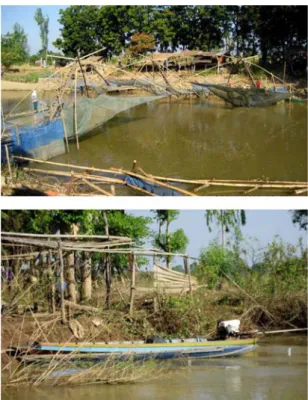
Conclusion
Annual fish production in the Ubol Ratana Reservoir has shown a declining trend over the past four decades. In an effort to alleviate this problem, DOF has introduced community-based fisheries management in the Ubol Ratana Reservoir since 2009 to improve fish habitats, with the involvement of local communities and government agencies.
Recommendations and Way Forward
As part of promoting its initiatives, BFAR-IFTC has established a network of private hatcheries to sustain the demand for juvenile fish. A prototype model of such initiatives is the physical restoration and reconstruction of fisheries in the 7 ha Dagatan Lake.
Enhancing the Fishery Resources in Philippine Lakes
Palma discussed the efforts of the Philippines through its Bureau of Fisheries and Aquatic Resources (BFAR) – Inland Fisheries Technology Center (IFTC) in increasing fish production from 36 lakes and reservoirs in sixteen regions of the country. An analysis of the Philippine inland fisheries production trend (Figure 2) over the past ten years shows that production has stagnated at an average of about 190,000 metric tons (MT) per year (Table 1).
BFAR National Inland Fisheries Enhancement Program
NIFEP consists of five main components, namely: (1) Social preparation and capacity building – organization of the management teams consisting of a national coordinator, regional contact persons and technical support staff; and strengthening fishermen beneficiaries; (2) Resource profiling — validation of project sites, modernization of regional water quality laboratories, and profiling of water quality and productivity; (3) Habitat restoration — clearing aquatic weeds and restoring buffer zones; (4) Rationalized fisheries improvement (using the food-based approach to open water resources) – establishment of habitat structures as specific management areas in coordination with local government units, and introduction of culture-based open water fisheries; 5) Monitoring and evaluation — using fish production/catch surveys. Using the plan developed for the implementation of NIFEP, the recovery of fish stocks in Dagatan Lake could be considered successful.
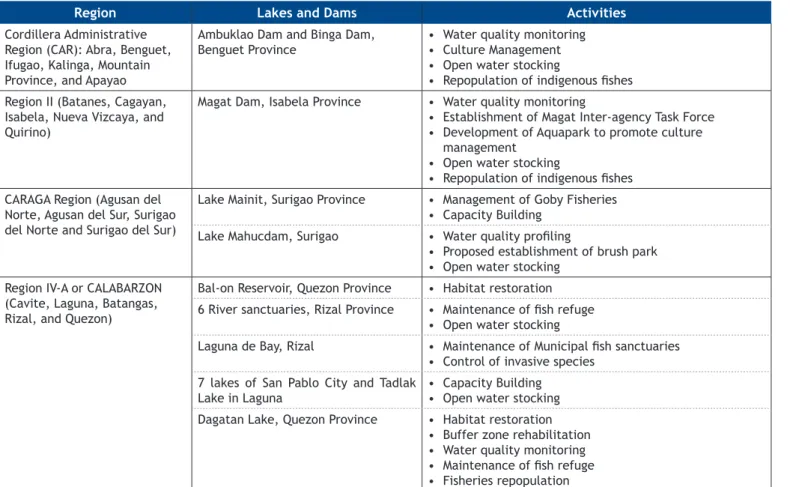
Restoring Dagatan Lake and its Fisheries – A success story
Palma is Head of the National Inland Fisheries Technology Center, Bureau of Fisheries and Aquatic Resources, Tanay, Rizal, Philippines. Proceedings of the Symposium on Strategy for Fisheries Resource Improvement in the Southeast Asian Region, Pattaya, Thailand, 27-30 July 2015.
Application of Standard Operating Procedures for Collecting Data on Sharks and Rays in Southeast Asian Countries
Application of standard operating procedures for the collection of data on sharks and rays in Southeast Asian countries. Identify the sex of sharks and rays by looking for claspers (male) or cloaca (female).
Standard Operating Procedures on Sharks Data Collection in Southeast Asia
Operating procedures (SOPs) for shark data collection in Southeast Asia were developed and were used to harmonize data collection, compilation, analysis and reporting (Ali et al., 2016). The project report will be published, including the standard operating procedures (SOPs) on shark data collection in Southeast Asia, which will be disseminated to the countries in Southeast Asia.
CALENDAR OF EVENTS
To develop and manage the fisheries potential of the region through rational use of resources to provide food security and safety to the population and alleviate poverty through the transfer of new technologies, research and information dissemination activities. Increasing the capacity of the fishing sector to address emerging international challenges and for better access to international trade.

